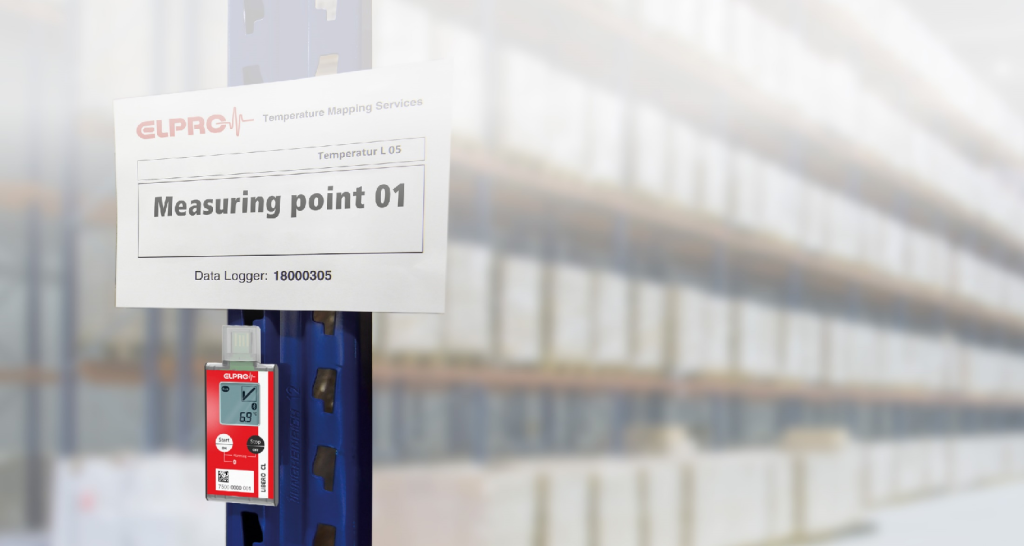
【虹科方案】 ELPRO 溫度監測解決方案 – 藥品儲存安全與冷鏈監控最佳實踐
在藥品儲存與冷鏈管理中,溫度監測是確保品質與安全的關鍵。虹科(HongKe)攜手 ELPRO 提供全方位藥品溫度監測解決方案,支援 24/7 實時監控、自動警報、雲端數據存儲與校準追蹤,符合 GxP、FDA、GDP 等國際標準,守護每一份藥品質量。
Lorem ipsum dolor sit amet, consectetur adipiscing elit. Ut elit tellus, luctus nec ullamcorper mattis, pulvinar dapibus leo.
The emergence of BIM (Building Information Modeling) around 2011 has brought a major breakthrough to the construction industry. Today, the technology has matured to the point where it can be applied to other areas in addition to the construction phase.
So, how do you integrate BIM into a SCADA system?
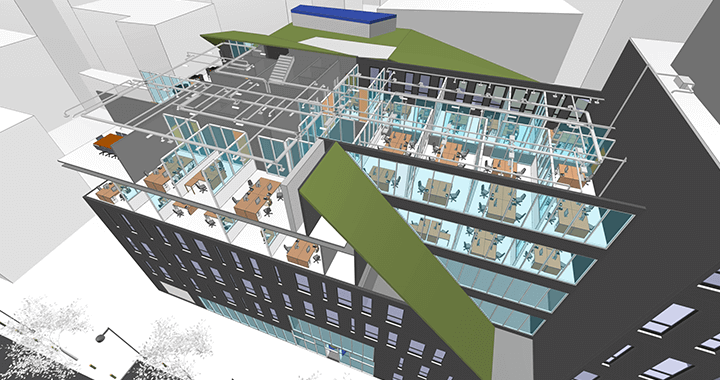
In the past, project managers used AutoCAD to produce simple drawings, but BIM has three key features that go beyond traditional drawing design:
The primary goal of BIM is to improve and deepen the design phase. Better design means fewer construction errors and easier maintenance. The '1-20-60 rule', as it is known in the construction industry, states that a €1 error in design can lead to an additional €20 in construction costs, and ultimately a €60 increase in maintenance costs.
In the broadest sense, BIM is a complete description of a building. Often misunderstood as a mere 3D representation, which is a stereotype, the key to BIM is that it is a collection of all the information about a building. This information is not only useful to the project manager, but also to the operations, maintenance and integration teams.
BIM provides stakeholders with all the information needed for building equipment and operations and maintenance, ensuring a seamless transition from the construction phase to the operations and maintenance phase of the building.
BIM can integrate three types of data:
The correlation of these data constitutes a digital symbiosis: a fusion of the physical and virtual worlds in a two-way system (where information can be retrieved and returned).
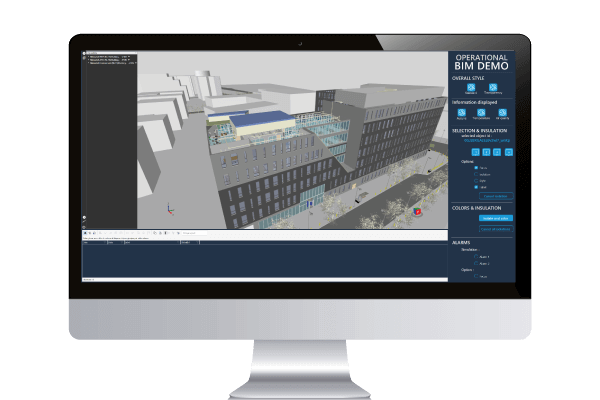
With BIM becoming a key element of SCADA, we have integrated it into our Panorama SCADA solution to make the HONGKEI Panorama SCADA system BIM-enabled for operations.
BIM building data can be imported into Panorama Studio, the integrated development environment for Panorama SCADA. This is done through relay data in IFC files (OpenBIM Common Format).Panorama Studio recognizes various building components and adds them as design "objects" (digital instances of physical objects), thus speeding up the development of applications.
3D models can be integrated into SCADA applications and animated to provide spatial context for building information, making it easier for operators to navigate and locate equipment components or related information.
Example:
When the operator receives an alarm indicating a valve failure and wishes to view it in the application:
Select Alert Notification
The application shows the exact position of the valve in the 3D model.
Valve faults can be intervened in by the operator
BIM is a complete description of the building and therefore requires structured processing of the displayed information. The user view is essential for the accurate application of the data.
The following are examples of SCADA applications based on user roles:
With BIM operational capabilities, HONGKEI Panorama puts BIM at the heart of its operations and becomes a valuable "ally" in the implementation of SCADA solutions for its customers.

在藥品儲存與冷鏈管理中,溫度監測是確保品質與安全的關鍵。虹科(HongKe)攜手 ELPRO 提供全方位藥品溫度監測解決方案,支援 24/7 實時監控、自動警報、雲端數據存儲與校準追蹤,符合 GxP、FDA、GDP 等國際標準,守護每一份藥品質量。
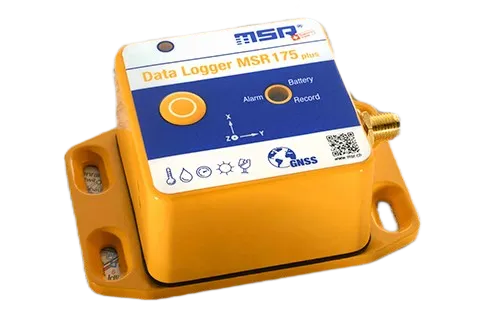
台積電選擇虹科 MSR175Plus 衝擊振動記錄儀,全面監測溫濕度、壓力與振動數據,確保光罩與晶圓運輸品質穩定。了解台積電工程師專訪,掌握半導體物流監控與品質保障的最佳實踐!
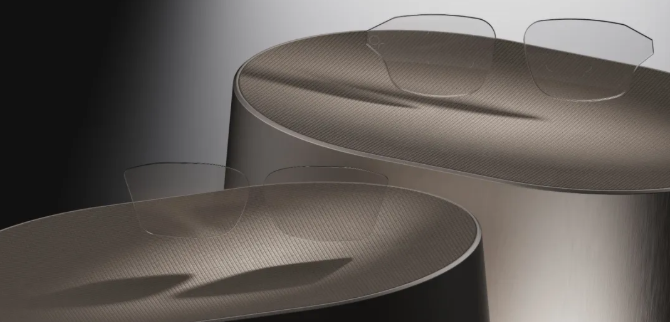
虹科攜手 Vuzix,以超薄全彩透明光波導與專利製程,提供 20°–40° FOV 客製化、Incognito™ 隱身顯示、Lightbank™ 輕量光引擎與巨幕格式波導,滿足汽車、醫療、企業訓練與國防等 B2B 應用。